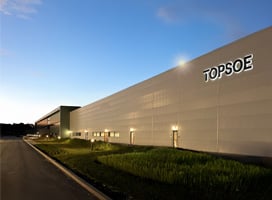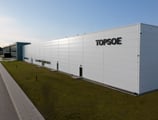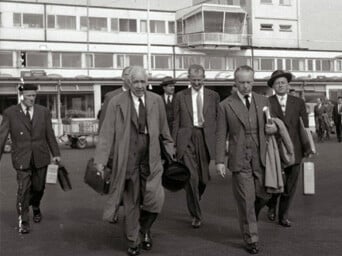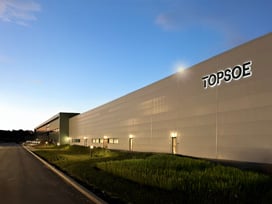A catalyst for operation in lean SO2+SO3 gasses
VK-WL is a cesium-promoted catalyst designed for continuous operation down to 370°C/700°F in lean SO2+SO3 gasses (less than approximately 2 mole%).
At these conditions, VK-WL offers unmatched high activity throughout the entire operating temperature range. The very high activity provides the opportunity to operate the WSA-DC plant at state-of-the-art conversion efficiencies of more than 99.95% with only four catalyst passes.
.png)








![SAF Airplane runway[1]-1 1](https://www.topsoe.com/hs-fs/hubfs/SAF%20Airplane%20runway%5B1%5D-1%201.png?width=800&height=640&name=SAF%20Airplane%20runway%5B1%5D-1%201.png)



